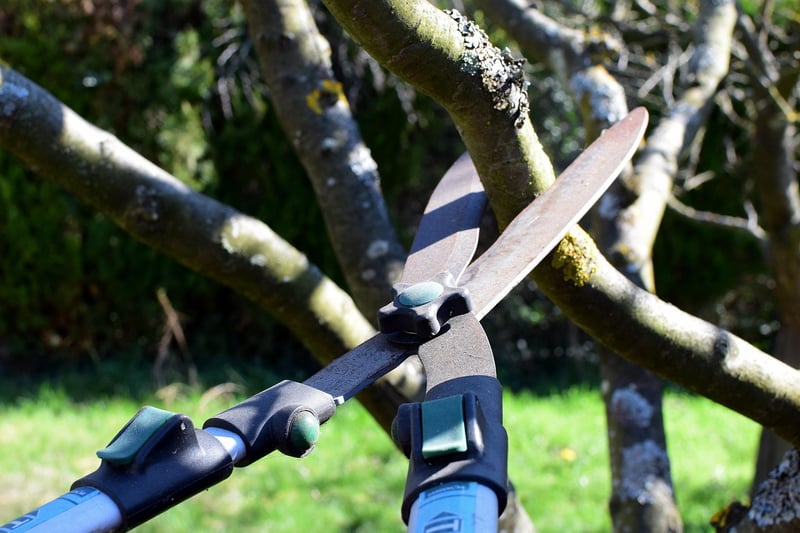Pruning Techniques
Maintaining Healthy Plants: Essential Pruning Techniques
Keeping your plants healthy and thriving involves more than just watering and sunlight. Pruning is a crucial aspect of plant care that helps promote growth, improve aesthetics, and prevent diseases. Whether you are a novice gardener or a seasoned pro, mastering pruning techniques is essential for the overall well-being of your plants.
Why Pruning is Important
Pruning serves several purposes in plant care:
- Promotes healthy growth by removing dead or overgrown branches.
- Shapes the plant for better aesthetics and structure.
- Encourages air circulation and light penetration, essential for overall plant health.
- Helps prevent diseases by removing infected or pest-infested parts.
Essential Pruning Techniques
1. Tools Needed
Before you start pruning, make sure you have the right tools: sharp bypass pruners for clean cuts, loppers for thicker branches, and pruning saw for large branches.
2. Timing
Prune your plants during the appropriate time of year. For most plants, late winter or early spring is ideal before new growth begins.
3. Know What to Prune
Focus on removing dead, damaged, or diseased branches first. Then, trim any branches that cross or rub against each other.
4. Cut at the Right Angle
Make clean cuts at a 45-degree angle just above a bud or lateral branch. Avoid leaving stubs as they can invite diseases.
5. Step Back and Assess
Regularly step back and assess your pruning progress. Ensure you maintain the plant's natural shape while removing unwanted growth.
Conclusion
Pruning is an essential skill that every gardener should master to keep their plants healthy and vibrant. By following the right techniques and timing, you can promote healthy growth, improve plant structure, and prevent diseases. Remember, a well-pruned plant is a happy plant!

For more gardening tips and tricks, check out our website.
